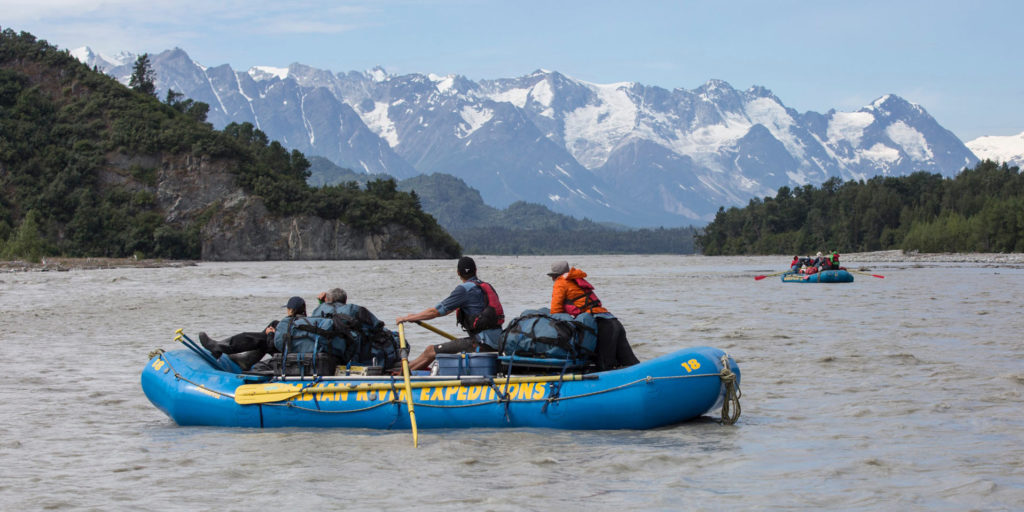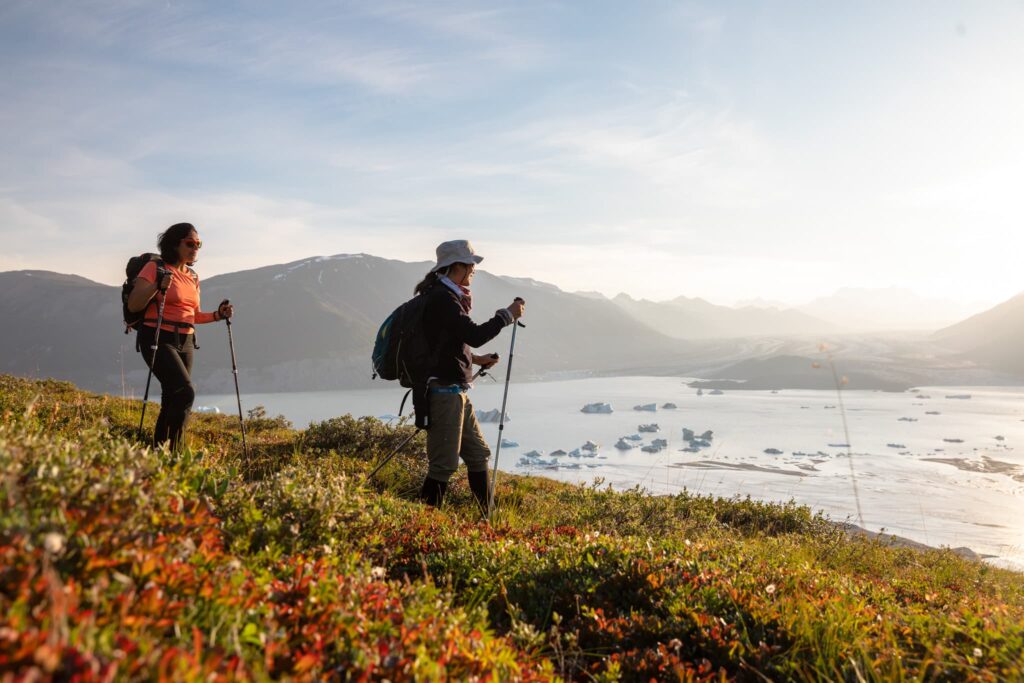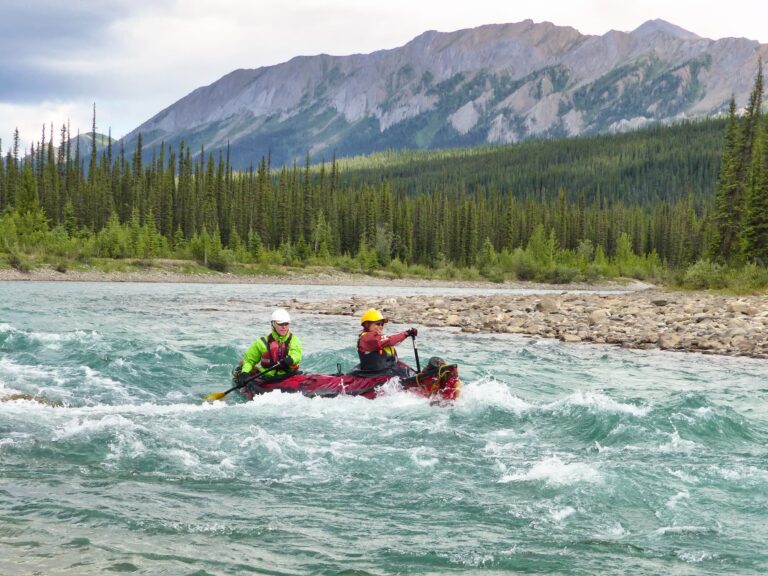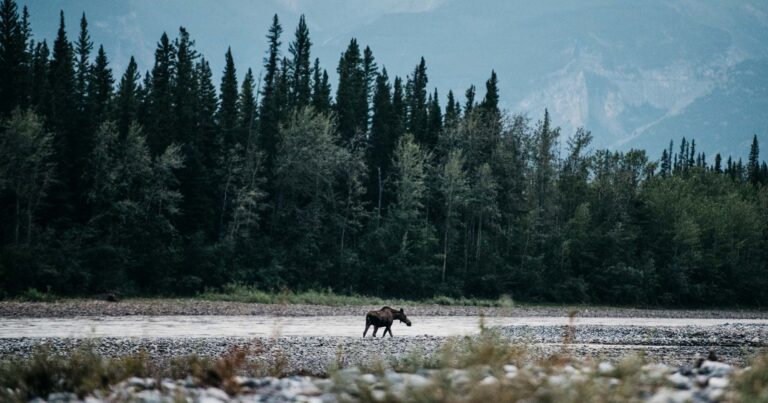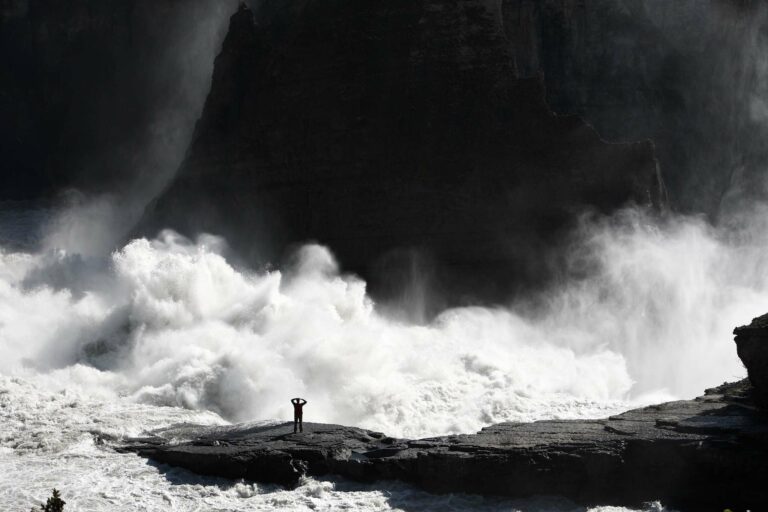This article is reprinted with permission from Paddler magazine.
Neil Hartling is no stereotypical iron-featured man of the North. He has a schoolboy grin and the pointy chin and neatly clipped moustache of a cartoon Mountie. Too many deskside hours in recent seasons have kept him pale and harried, booking reservations and overseeing operations for his vastly successful Nahanni River Adventures. Only his felt Stetson looks like it has seen weather, and he keeps it clamped on tight, indoors and out, to camouflage his thinning carrot top. A kind and congenial man, modest in the extreme.
But from Dry Bay on the Alaskan coast to Fort Simpson in the Canadian interior, Hartling has made himself something of a local legend – an author, explorer, outfitter and canoe manufacturer who’s a prime mover and shaker in the hot new industry of ecotourism. Hartling moved his home and business north to Whitehorse in 1992, closer to the rivers where he runs his summer trips. But he also moved to be a more permanent fixture in the Northern community – preservationist, spokesperson, promoter. His most popular expeditions now are on the Tatshenshini, a river he played a key role in helping save from a giant copper mine. Thanks in part to his active involvement in an outfitter’s association, the river is now the linchpin in a 25-million-acre, two-nation, four-park preserve, the world’s largest protected wilderness. In the process, Hartling also pressed for a ceiling on recreational use which resulted in his losing half of his own quota of summer departures. But the trade-off is well worth it, says Hartling, who, in his paeans to the unspoiled North, is as likely to quote Lao Tze as Robert Service.
He’s been just as active in sponsoring use restrictions on the river that is the true backbone of his business, as well as his private obsession since boyhood: the South Nahanni. Deep in the Mackenzie mountains of the Northwest Territories, the Nahanni is the very icon of Canadian wilderness, fabled for its canyonlands, tufa mounds, caves and a waterfall twice the height of Niagara. Hartling first read about the river as a teenager, in Dick Turner’s classic adventure journal. He was spellbound by its lurid legends, including a string of lost or murdered prospectors, and by the uncharted reaches of the Headless, Burial and Funeral ranges. But it took him 20 years to find his way north, a decade after the river had won national park status. By the next season, 1984, he’d landed a rare Nahanni outfitters license.
It was on and for the Nahanni that Hartling invented his sectionable voyageur, still the only craft of its kind in the world. He reasoned that the size and stability of the traditional fur-trader’s hauling canoe, which seats eight passengers two abreast, would make for more comfortable, less strenuous river travel than tandems alone. But with modern materials and proper spray skirting, the boat would still be manoeuvrable enough in the canyons demanding rapids. The problem was transport. A 10-meter boat was just too big for a floatplane to handle. So to test his theory, in 1985 Hartling undertook the tortuous exercise of lining a wooden boat 130 miles upstream against the rapids, in the manner of the old-time prospectors. After a successful downstream run, he took to the drawing board and designed a version that could be broken into stackable compartments for easy loading in a small plane fuselage. For all the Noah’s Ark jokes he endured at the time, Hartling’s invention is a now a small, proud chapter in the history of the canoe – custom-manufactured for expeditions as far away as China.
As if this weren’t enough, Hartling is also the author of Nahanni’s principal coffee-table volume, a combination travelogue, geologic overview and natural history, larded with gorgeous photos and folktales. But as this success has its drawbacks. Today, ‘Nahanni Neil’ is feeling the pressure of his own accomplishments.
Is it all worthwhile? Hartling remains a committed proponent of northern tourism. He believes it not only brings economic and social benefits to native communities, but encourages an ever-growing constituency of eco-advocates in the populous south. And with spokespeople like Hartling, this gentler new ethic of wilderness exploration is likely to prevail.
-Mathew Soyster



